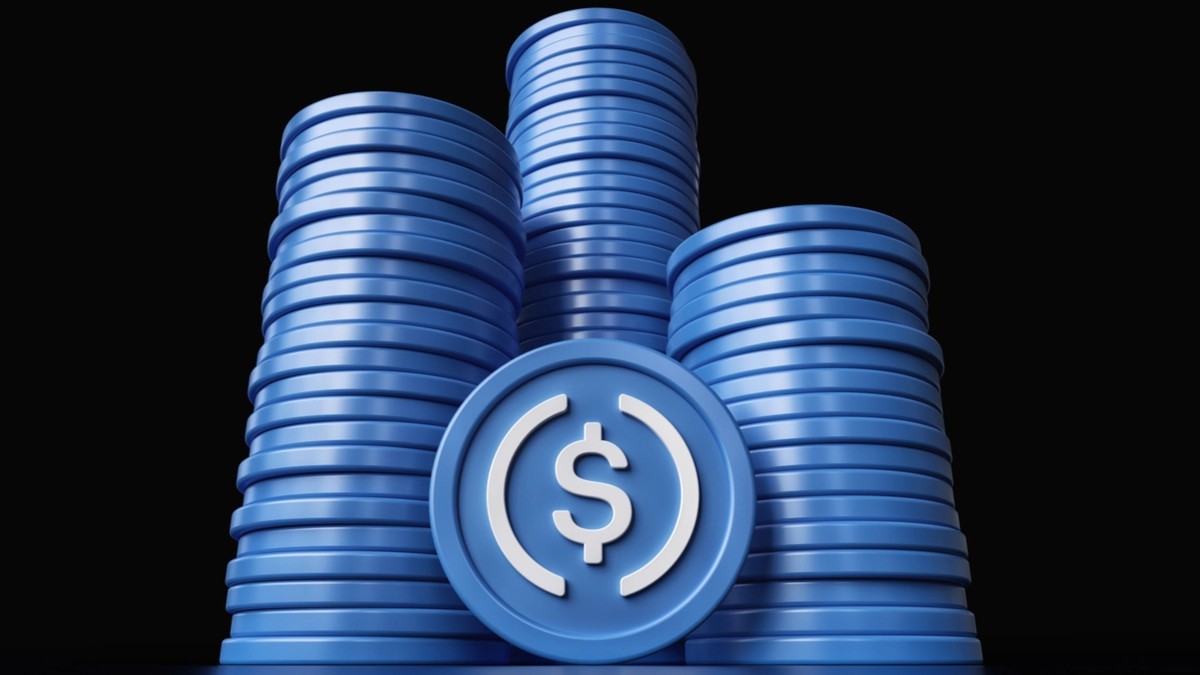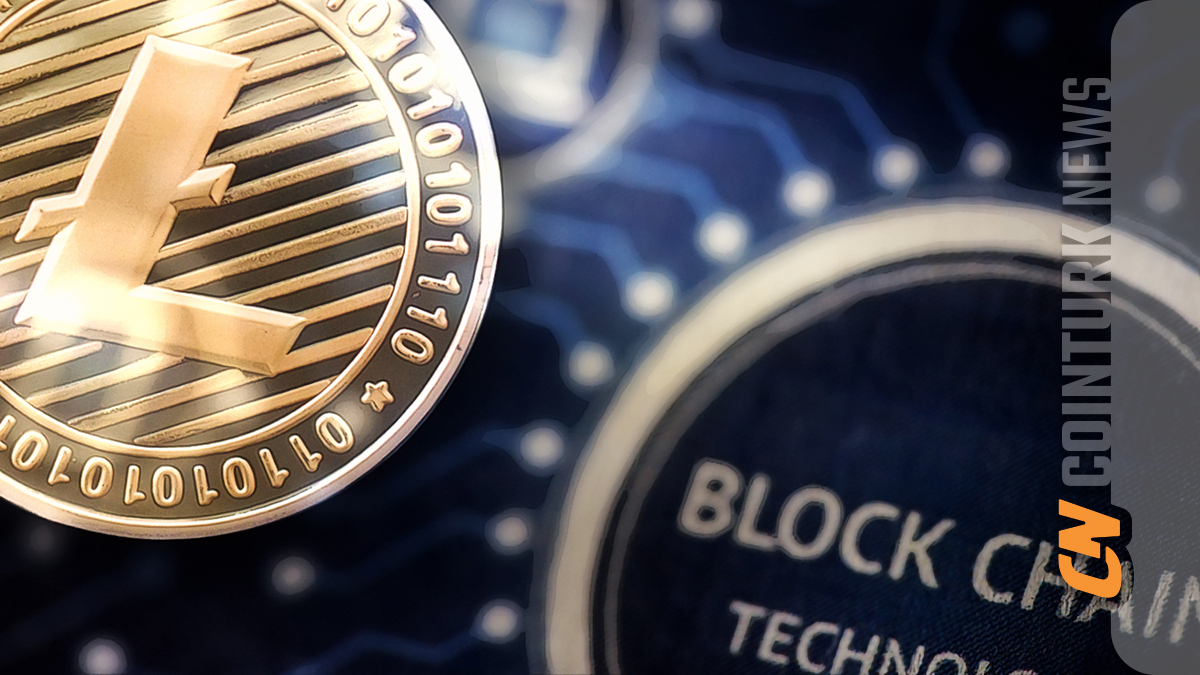Stablecoins have become an inseparable part of the crypto ecosystem. As they continue to develop, USD Coin (USDC) is making significant strides in market share. Recent data indicates a notable increase, with USDC’s market share doubling from approximately 5% in September 2023 to over 10% currently. Let’s examine the factors contributing to this remarkable growth.
Bybit’s Role as a Catalyst: Zero-Fee Trading Incentive
Bybit, a leading crypto trading platform, has emerged as a significant player in USDC’s market dominance. The introduction of zero-fee trading for USDC trading pairs in February last year propelled Bybit to become the largest market for USDC. This move created a favorable environment, increasing volumes and boosting USDC’s market share.

Following legal challenges with Binance USD (BUSD), the relisting of USDC on Binance played a strategic role in strengthening its market share. Binance’s decision to support USDC likely helped build trust among users. Additionally, strategic moves during this period contributed to the stablecoin’s improved performance. Regulatory dynamics and the need for stability in the stablecoin space influenced these strategic listing decisions.
Coinbase’s Interest Rate Hike: Encouraging USDC Holdings
Coinbase, the largest crypto trading platform in the US, strategically increased USDC interest rates throughout the past year. Rates starting at 2% gradually rose to an attractive level of 6%. This move served as a strong incentive for Coinbase users to hold USDC, contributing to its growing market share.
Circle, the stablecoin issuer behind USDC, formed strategic partnerships with major financial institutions like Japan’s SBI Holdings. Moreover, the presence of licenses in key jurisdictions like Singapore played a crucial role in increasing USDC’s circulation and overall market presence. Strategic alliances and a solid regulatory foundation undoubtedly contributed to USDC’s increasing influence.
Challenges Faced and Circulating Supply Dynamics
Despite the positive trend, USDC’s current circulating supply remained below the all-time high of 45 billion dollars. Circle attributes this decline to multifaceted challenges such as rising interest rates, regulatory scrutiny, bankruptcies, and fraud cases.
Circle’s recent filing with the US Securities and Exchange Commission to go public through an initial public offering (IPO) adds an intriguing layer to the narrative. As Circle progresses towards going public, this development could bring new dimensions to USDC’s role in the crypto ecosystem and further influence market dynamics.

 Türkçe
Türkçe Español
Español









